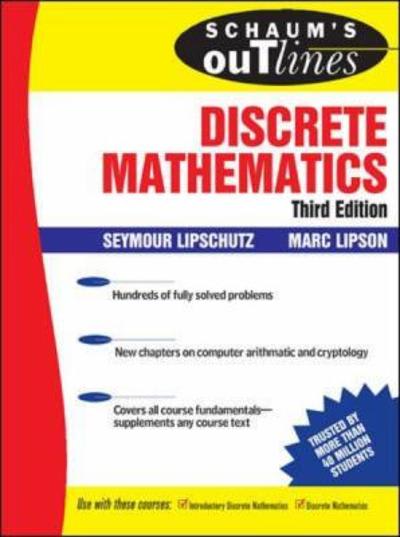






\f2. In the simulation exercise we will compare the relative performance of the two Wald statis- tics. Consider the following DGPs in Ho with X, and X2 obtained using Xli 0.6 0.3 X1i-1 Eli + (61i, (2i, U.) IID ~ MVN (0, Is) (3) X 2i 0.3 0.6 X2i-1 X 10 and ~ MVN (0, 12) ; (4) X 20 Furthermore, consider the following sample sizes n = 20, 30, 50, 100, 500 and the values of regression parameters (Bo, B1, B2) : (1,10,0.1),(1,5,0.2). Report the empirical rejection\f4. Consider the linear regression equation common in econometrics: y = bo + bix, + b2x2 +e. The OLS Solution is a vector B = (XX)-1XY where X= [1, X1, X2], matrix composed of N dimensional vectors: 1= ones, x, = observations on first variable, and X2 = observations on second variable. Y is a N dimensional vector of observations on the dependent variable. From the matrix algebra sum and cross products will result. They are provided below for N=10 observations: Ey = 20 Ex1 = 30 Ex, = 40 Ey? = 88.2 Ex = 92 Ex = 163 Eyx1 = 59 Zyx2 = 88 Ex1X2 = 119 a. Setup the sums and cross products on matrix form for computing B. b. Compute necessary inverse for computing B. c. Compute the vector .(40pts) (Challenging) Let T : V - V be a self-adjoint linear operator on a n- dimensional inner product space V over the field F = C. Let Al S 12 S ... S An be its eigenvalues arranged in the ascending order and counted with multiplicity. (a) Explain why (r, T(x)) is a real number for all r E V, where (., .) denotes the inner product. Please prove your answer with details. (b) Consider: m(W) = min{(r, T(x)) |re W and (x, x) = 1} and M(W) = max {(x, T(x)) |re W and (r, x) = 1}, where W is a subspace of V. What can you say about the relationship amongst m(V), M(V) and the eigenvalues of 7? Please prove your answer with details. (c) Now, consider: R = min {M(W) | dim(W) = k} and r = maxim(W) | dim(W) = n - k+ 1}. What can you say about the relationship between R and the eigenvalues of T. Similarly, can you say about the relationship between r and the eigenvalues of T? Please prove your answers with details. (d) Suppose U : V - V is another self-adjoint linear operator with eigenvalues HI S /2 5 ... Un (counted with multiplicity). Assume the eigenvalues of T+ U are given by 1





















